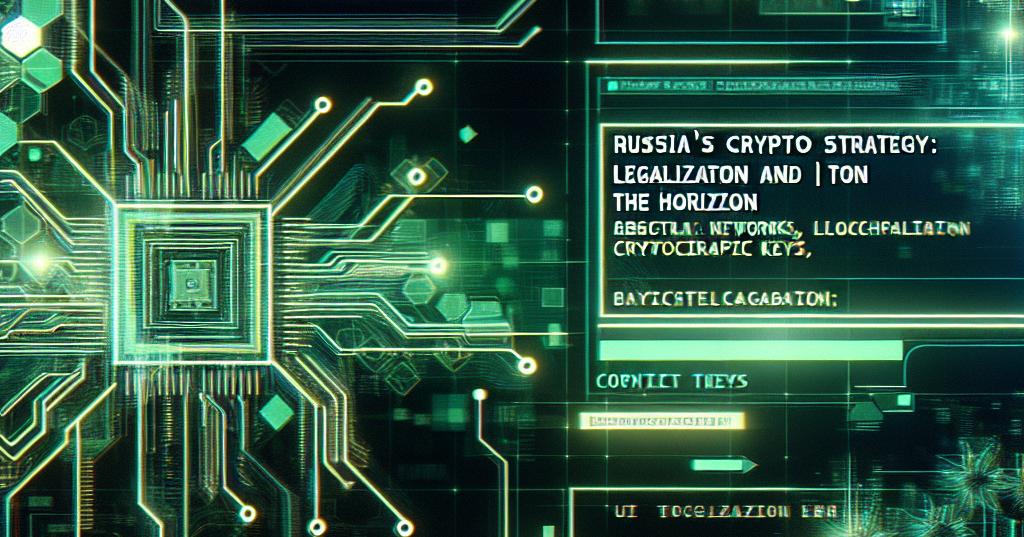- Russia plans to legalize domestic cryptocurrency sales and tokenize Russian company stocks by 2026.
- A second phase in 2027 will introduce penalties for unregulated crypto transactions.
- This move aligns with Russia’s broader strategy to integrate blockchain technology into its financial system.
In a strategic maneuver that could reshape the landscape of cryptocurrency in Russia, the Bank of Russia has announced its intention to legalize the sale of cryptocurrencies within the country and to tokenize Russian company stocks through domestic infrastructure by 2026. This announcement marks a significant shift in Russia’s approach to digital assets, reflecting a nuanced strategy that balances innovation with control.
The decision to legalize cryptocurrency sales domestically is a calculated response to the growing global acceptance of digital currencies and the need to harness their potential within a regulated framework. By allowing legal sales, Russia aims to attract both domestic and international investors, providing a controlled environment that mitigates risks associated with unregulated markets. This move is not merely about embracing digital currencies but about integrating them into Russia’s broader financial ecosystem, potentially offering a new avenue for economic growth.
Tokenization of Russian company stocks represents another layer of this strategic initiative. By enabling the tokenization process through domestic infrastructure, Russia is positioning itself to leverage blockchain technology to enhance the liquidity and accessibility of its financial markets. This could democratize access to Russian equities, allowing a broader range of investors to participate in the market. The move is also a clear signal of Russia’s intent to modernize its financial infrastructure, potentially setting a precedent for other nations considering similar paths.
However, the Bank of Russia’s plan is not without its caveats. The second phase of the reform, slated for 2027, introduces administrative and criminal liabilities for cryptocurrency transactions conducted outside the regulated system. This aspect of the plan underscores Russia’s commitment to maintaining control over its financial system and preventing the potential misuse of digital currencies. By establishing a clear regulatory framework, Russia aims to curb illicit activities while fostering a secure environment for legitimate transactions.
This dual approach—legalizing and regulating—reflects a pragmatic understanding of the digital asset landscape. It acknowledges the transformative potential of cryptocurrencies and blockchain technology while recognizing the need for oversight to prevent systemic risks. The introduction of penalties for unregulated transactions serves as a deterrent against the shadow economy, ensuring that the benefits of digital assets are realized within a legal and transparent framework.
Russia’s move also aligns with its broader geopolitical strategy. By developing a robust domestic infrastructure for digital assets, Russia reduces its reliance on foreign financial systems, enhancing its economic sovereignty. This is particularly relevant in the context of ongoing geopolitical tensions and the increasing importance of economic independence in global power dynamics.
Furthermore, the timing of this announcement is noteworthy. As global financial markets grapple with volatility and uncertainty, Russia’s strategic embrace of digital assets could position it as a leader in the next wave of financial innovation. By taking a proactive stance, Russia not only addresses domestic economic needs but also signals its readiness to compete on the global stage in the rapidly evolving digital economy.
In conclusion, Russia’s plan to legalize cryptocurrency sales and tokenize company stocks is a bold step towards integrating digital assets into its financial system. By balancing innovation with regulation, Russia aims to harness the potential of blockchain technology while safeguarding its economic interests. As the world watches, this move could redefine Russia’s role in the global financial landscape, offering a model for other nations navigating the complexities of digital asset integration.

